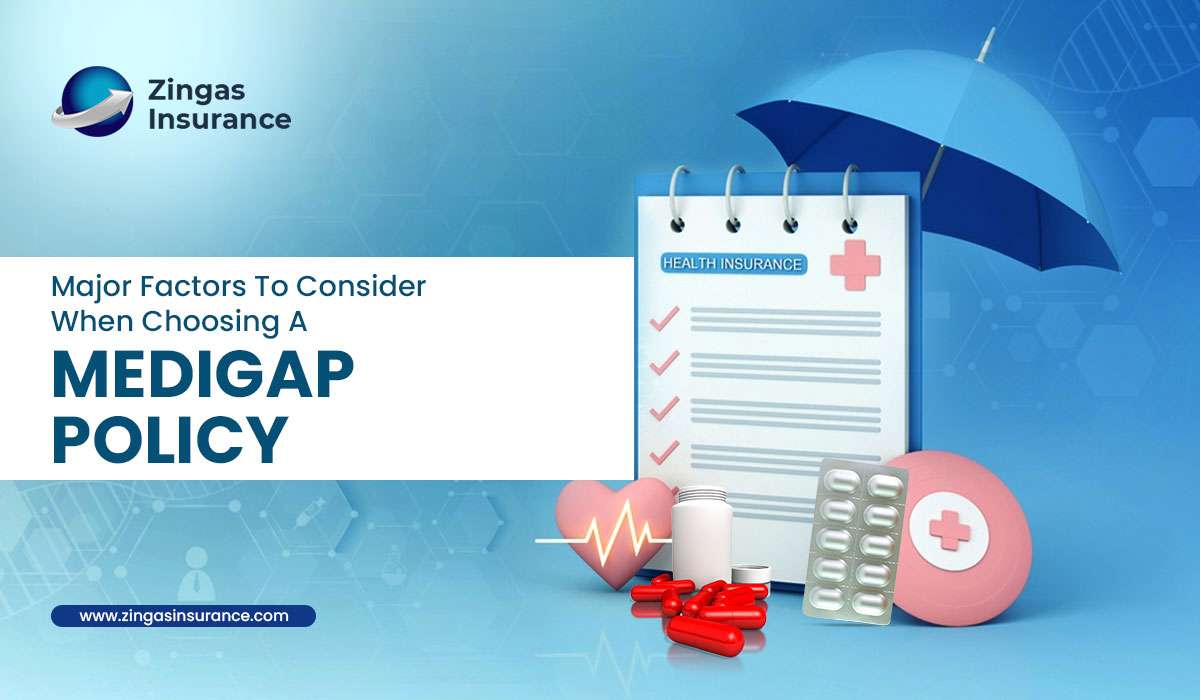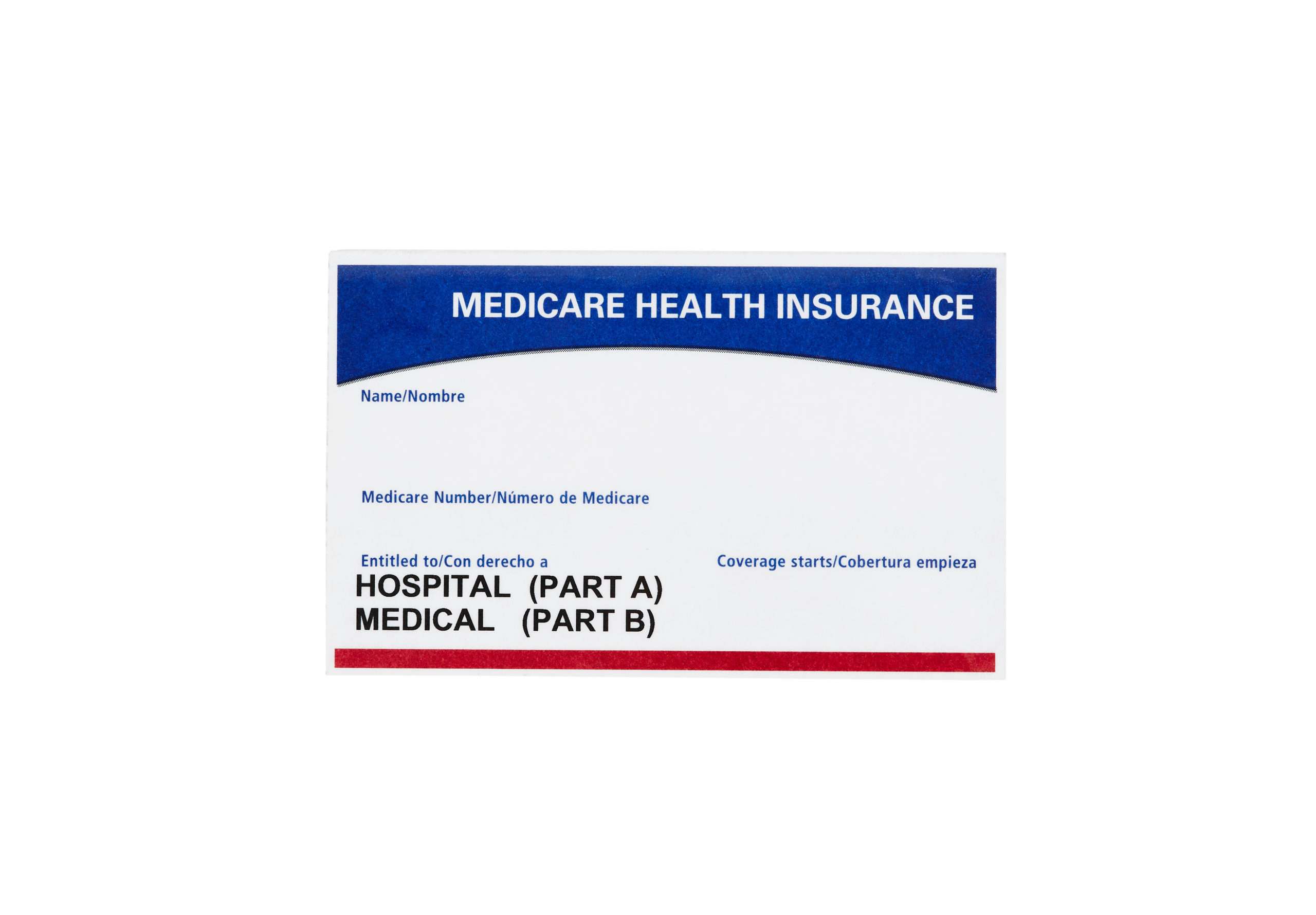Costs For Medicare Drug Coverage – Part D
Costs For Medicare Drug Coverage – Part D
Medicare Basics / By Savva Z
You’ll Make These Payments Throughout The Year In A Medicare Drug Plan:
Premium
Most Medicare Prescription Drug Plans Charge A Monthly Fee That Varies By Plan. You Pay This In Addition To The Medicare Part B Premium. If You Belong To A Medicare Advantage Plan (Part C) Or A Medicare Cost Plan That Includes Medicare Prescription Drug Coverage, The Monthly Premium You Pay To Your Plan May Include An Amount For Drug Coverage.
Get Your Premium Automatically Deducted
Contact Your Drug Plan (Not Social Security) If You Want Your Premium Deducted From Your Monthly Social Security Payment. Your First Deduction Will Usually Take 3 Months To Start, And 3 Months Of Premiums Will Likely Be Deducted At Once.
After That, Only One Premium Will Be Deducted Each Month. You May Also See A Delay In Premiums Being Withheld If You Switch Plans. If You Want To Stop Premium Deductions And Get Billed Directly, Contact Your Drug Plan.
How Much Does Part D Cost?
Most People Only Pay Their Part D Premium. If You Don’t Sign Up For Part D When You’re First Eligible, You May Have To Pay A Part D Late Enrollment Penalty.
If Your Modified Adjusted Gross Income As Reported On Your IRS Tax Return From 2 Years Ago (The Most Recent Tax Return Information Provided To Social Security By The IRS) Is Above A Certain Limit, You May Pay A Part D Income-Related Monthly Adjustment Amount (Part D-IRMAA) In Addition To Your Monthly Plan Premium. This Extra Amount Is Paid Directly To Medicare, Not To Your Plan.
Yearly Deductible
This Is The Amount You Must Pay Each Year For Your Prescriptions Before Your Medicare Prescription Drug Plan Begins To Pay Its Share Of Your Covered Drugs.
Deductibles Vary Between Medicare Drug Plans. No Medicare Drug Plan May Have A Deductible More Than $445 In 2021. Some Medicare Drug Plans Don’t Have A Deductible.
Copayments Or Coinsurance
The Amount You Pay For Each Of Your Prescriptions After You Have Paid The Deductible (If Your Plan Has One) Is Either A Copayment Or Coinsurance. Some Medicare Prescription Drug Plans Have Different Levels Or ” Tiers ” Of Copayments Or Coinsurance, With Different Costs For Different Types Of Drugs.
With A Copayment, You Pay A Set Amount (Like, $10) For All Drugs On A Tier. For Example, You May Pay A Lower Copayment For Generic Drugs Than Brand-Name Drugs.
Coinsurance Means You Pay A Percentage Of The Cost (Like, 25%) Of The Drug.
Usually, The Amount You Pay For A Covered Prescription Is For A One-Month Supply Of A Drug. However, You Can Request Less Than A One-Month Supply For Most Types Of Drugs. You Might Do This If You’re Trying A New Medication That’s Known To Have Significant Side Effects Or You Want To Synchronize The Refills For All Your Medications. If You Do This, The Amount You Pay Is Reduced Based On The Quantity You Actually Get. Talk With Your Prescriber To Get A Prescription For Less Than A One-Month Supply.
Cost In Coverage Gap (Doughnut Hole)
If Your Out Of Pocket Costs Of What You And The Insurance Company Pays Totals Up To $4,130 You Enter The Coverage Gap. In The Coverage Gap Your Drug Cost Will Cost 25% Of The Retail Cost Of The Drug. For Example If Your Medication Cost $1000 Retail Cost In The Coverage Gap You Would Be Responsible For $250. Once Your Out Of Pocket Costs Reaches $6,550 Limit You Exit The Coverage Gap. If You Do Enter The Doughnut Hole Check To See If You Qualify For Low Income Subsidy (LIS) Which Is A Part D Drugs Savings Program Through Social Security. Many People Never Reach The Coverage Gap.















